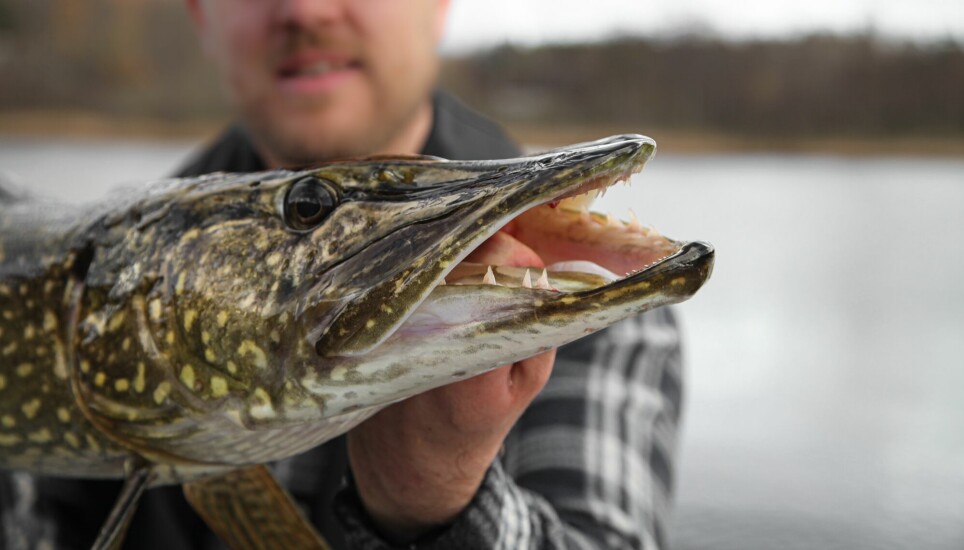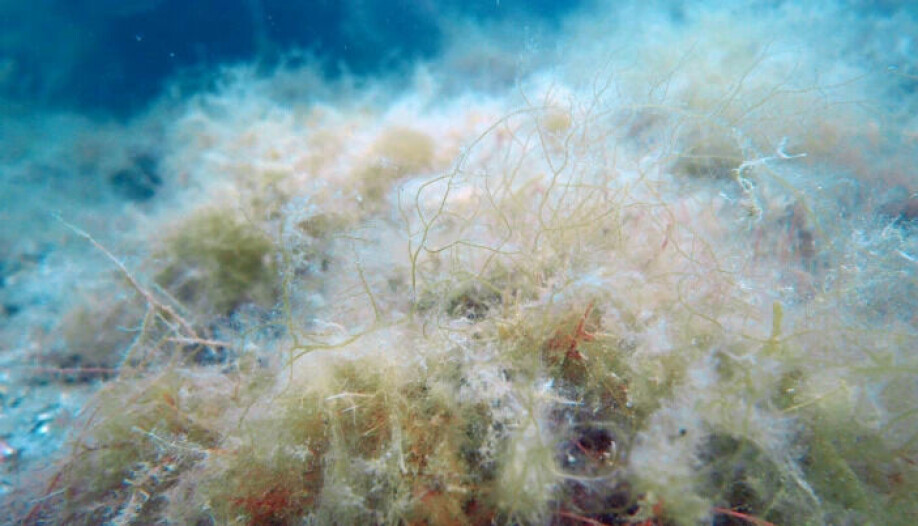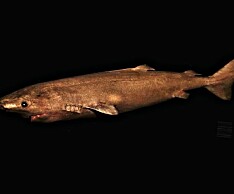
Norwegian and Swedish researchers completely disagree about pike
Is pike a useful or harmful species? A new study is sounding the alarm that there are too few predatory fish in the Baltic Sea.
Pike is the largest predatory fish in coastal waters. In the Baltic Sea, pike are important both for fishing and for ecological balance.
They eat the small fish, which in turn causes the seabed to stay healthier.
Research dispute
“Pike is an extremely important species in the system,” says Jens Olsson, a researcher at the Swedish University of Agricultural Sciences (SLU).
He doesn't get much of an ear for that among his Norwegian colleagues.
“There are too many pike,” says Trygve H. Hesthagen, a senior researcher at the Norwegian Institute for Nature Research (NINA).
“No, there can't be too much pike,” Olsson believes.
Let's take the Swedish story first. In Norway, pike mostly live in fresh water, but the Baltic Sea is so low in salt that they thrive there, too.

Saves underwater forests
“As predatory fish, pike are at the top of the food chain and keep other fish stocks in check. In the Baltic Sea, for example, the stickleback population has exploded,” says Olsson.
Sticklebacks eat the fry and eggs of pike, while larger pike in turn eat sticklebacks.
“When the sticklebacks are too numerous, they eat zooplankton and benthos – organisms that live on or near the bottom of a body of water,” Olsson says. The result is the growth of too much filamentous algae that causes the underwater forests to disappear, according to the Swedish researcher.
Fishers have been reporting smaller pike for a long time.
“Our study uses scientific data to address an issue that has been widely known among fishers and people who use the archipelago. There has always been a lack of knowledge about pike, but now we have actual data to refer to,” says Olsson.
He hopes that the research will lead to a change in fisheries management and preferably a ban on pike fishing. Pike is not a major source of income for Swedish fishers. In the tourist industry, on the other hand, some guides rely on taking anglers pike fishing.
Illegal stocking
Whereas Olsson wants to protect the Baltic pike, Hesthagen wants to get rid of the Trøndelag pike. The retired senior researcher at NINA explains how the illegal stocking of pike has affected the trout population in many waters.
“In the Trondheim area, for example, we’ve been working on this issue for many years. A lot of trout populations have been wiped out after pike have been released. So-called sport anglers are the ones who release the pike,” says Hesthagen.
He highlights the Malvik area as an example. Several pike populations have been eradicated there with the help of rotenone – a substance that kills most of the fish wherever it is used.

Lawbreaking without punishment
Hesthagen says that no one has been punished for spreading pike illegally from one body of water to another. “The problem is getting hold of the folks who are behind it. They’re a small group and difficult to nab,” he says.
The NINA senior scientist does not want to eradicate pike completely.
“Pike have their natural place in Norwegian nature. They migrate naturally in Eastern Norway and in Finnmark. The problem is that they’ve been released into a large number of waterways and lakes where they don’t belong,” says Hesthagen.
In the Norwegian Species Data Bank, pike is listed as a regionally alien species with very high risk. The natural distribution areas are southern and south-eastern parts of Eastern Norway, a few watercourses in Trøndelag and Troms and several larger watercourses in Finnmark.
References:
Jens Olsson et.al.: A pan-Baltic assessment of temporal trends in coastal pike populations. Fisheries Research, 2023.
Trygve Hesthagen and Odd Terje Sandlund: Spread of national and regional foreign freshwater fish in the period 2013-2021. Nina Report 2099, 2022. (In Norwegian)
Trygve Hesthagen, Morten André Bergan and Rolf Sivertsgård: Ble gjedda i Trondheimsområdet innført på 1500-tallet? (Was pike in the Trondheim area introduced in the 16th century?) Fauna, 2022 7–18.
The Species Data Bank (2018). Alien species list 2018. Retrieved 30 Jan 2023. (In Norwegian)
———
Read the Norwegian version of this article on forskning.no




































